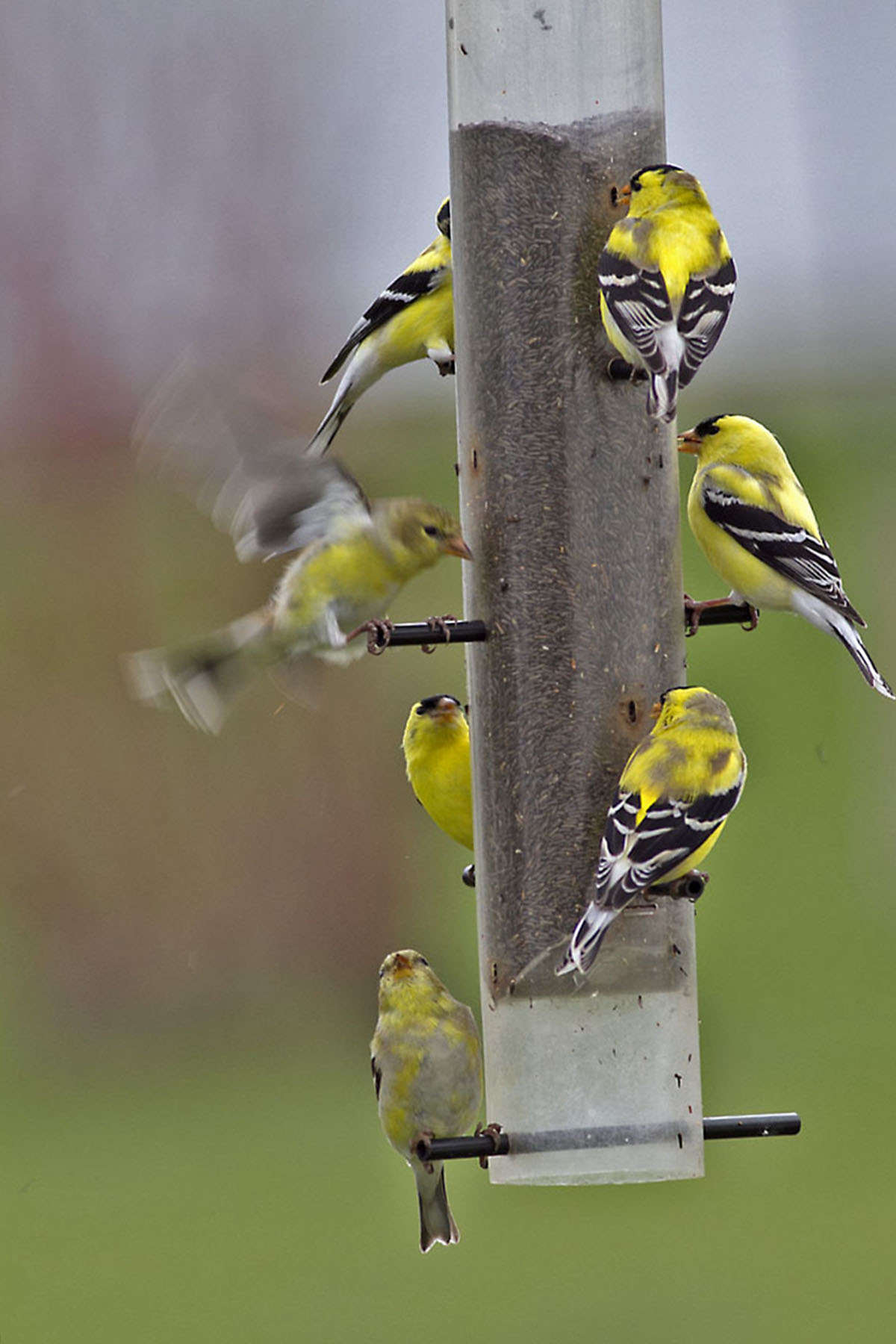Birds find a bird feeder primarily through a combination of visual cues, memory, and exploration. Here’s how the process generally works:
Visual Attraction: Bird feeders are usually designed with bright colors or have reflective surfaces, making them more noticeable to birds from a distance. The sight of other birds actively feeding at the feeder can also attract newcomers. Different bird species may be attracted to different feeder designs and types of food.

Memory and Learning: Birds have excellent spatial memory. Once they find a reliable food source, such as a bird feeder with a steady supply of food, they remember its location and return to it regularly. This memory allows them to revisit the feeder even after a temporary absence.
Social Learning: Some bird species learn from each other and follow the behavior of fellow birds. If one bird discovers a bird feeder, it may share this information with its flock or other birds, leading to increased visitation to the feeder.

Seasonal and Environmental Factors: During certain seasons, natural food sources might become scarce, prompting birds to explore new areas, including backyard feeders, in search of food. Environmental factors such as weather and habitat changes can also influence a bird’s decision to seek supplemental food from a bird feeder.
Exploration and Trial-and-Error: Young birds, in particular, are curious and may explore their surroundings in search of food. They might stumble upon a bird feeder while exploring and learn to associate it with a food source.
Predatory Safety: Bird feeders can provide a safe space for birds to feed away from predators. Placing feeders near protective cover, such as trees or shrubs, can encourage birds to use them as a secure feeding station.
To attract birds to your bird feeder, consider the following tips:
- Choose a variety of bird feeders, including tube and hopper feeder and food types to cater to different bird species.
- Place the feeders in a visible and accessible location, preferably near natural shelter.
- Keep the feeders clean and regularly filled with fresh food to establish a reliable food source.
- Be patient, as it may take time for birds to discover and become familiar with the feeder’s location.
By creating an inviting and safe environment, you can encourage birds to find and return to your bird feeder regularly, providing you with enjoyable bird watching opportunities.
Happy Birding!
Paul Oliver
Founder – Urban Nature Store

Leave a Reply